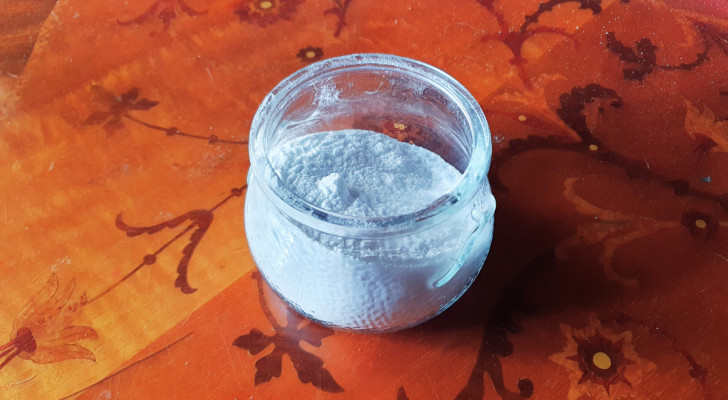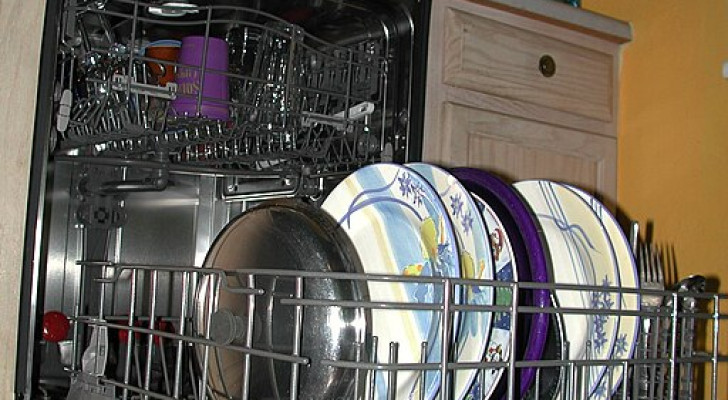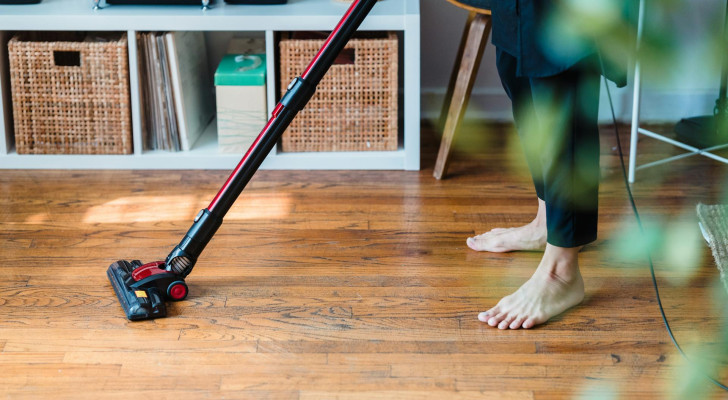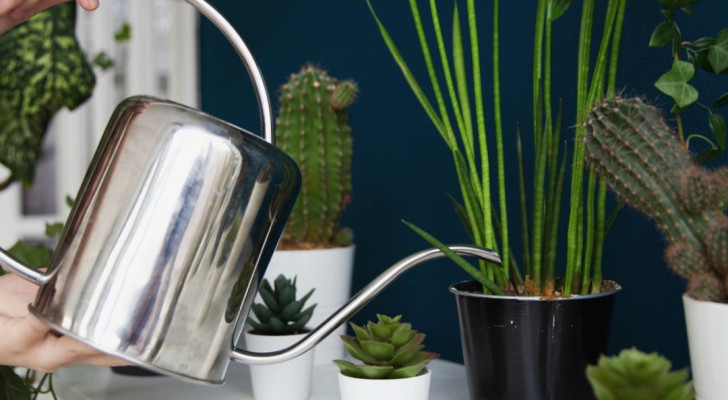Collected rainwater: a precious resource, but how to avoid mosquito infestations and other problems?
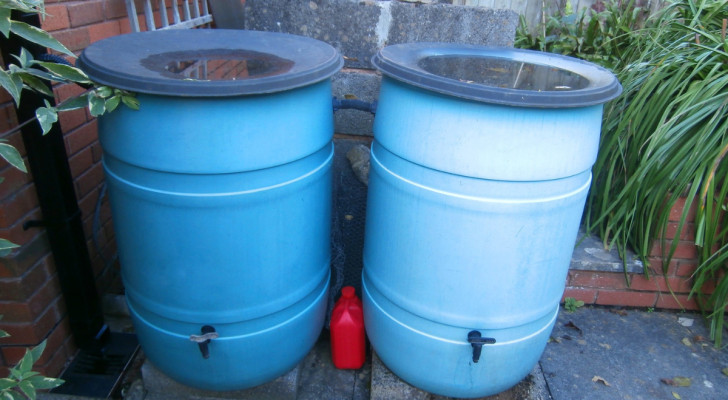
Collecting rainwater is a great habit to get into: it costs you almost nothing, saves on water consumption (especially for watering the garden/plants) and is very eco-friendly. That said, there are some small inconveniences you will have deal with when collecting rainwater: any place where water stagnates can lead to the formation of algae, and is a favorite spot for mosquitoes to breed.
So, what can be done about these problems? Well, keep reading for some useful tips:
Collect rainwater in tanks

An online search will show you just how many ways there are to collect rainwater. These systems range from underground storage tanks to simple barrels placed under a down-gutter, and many more.
Starting with a large, robust barrel is a great start, and then you can think about installing more advanced tank systems later. The important thing is to ensure the water does not stagnate for too long, and to protect it from insects. In fact, just 72 hours enough for mosquitoes to "colonise" a rainwater barrel/tank. As the mosquito larvae grown, they move to the surface and you may be able to see them. Every now and then, scoop up some water from the tank/barrel in a white glass and see if we see anything inside. If you see mosquito pupae/larvae, it's already too late and you need to act (see below).
Additionally, algae will start to form in stagnant water. So, let's see how to prevent and deal with this problems:
How to keep rainwater tanks/barrels mosquito- and algae-free

Combatting algae
To prevent the formation of algae in your rainwater collection tanks/barrels, proceed as follows:
- Pour a small amount of white vinegar into the water, which will inhibit the growth of algae.
- Empty the tank regularly, making sure that no "old" water remains in the bottom.
- Let the tank dry out before refilling it again with fresh rainwater.
Combatting mosquitoes
To keep mosquitoes at bay:
- Cover the top of the tank with a fine-meshed net (like a mosquito screen, but sturdier), held in place securely;
- Any overflow pipes must be at least 2.5 meters long to prevent mosquitoes from climbing up inside them. Also, cover the open end of the pipe with some mosquito netting;
- Pour some vegetable oil on the surface of the water (3 millimeters thick), to suffocate any larvae (which will not be able to reach the surface to breath);
- Buy (in specialized stores or online) Bacillus thuringiensis israelensis, a type of bacterium that mosquito larvae will ingest and which will kill them. This bacterium is also used in bird water trays/baths.
- The rule of emptying the tanks/barrels frequently applies here too. If you have had a mosquito "invasion", empty out the container and wash out using a little bleach, scrubbing the bottom thoroughly and rinsing out. Allow the container to dry before refilling it.
This might seem like a lot of work, but in reality, these tasks don't take up too much time will give a a great return on investment!
